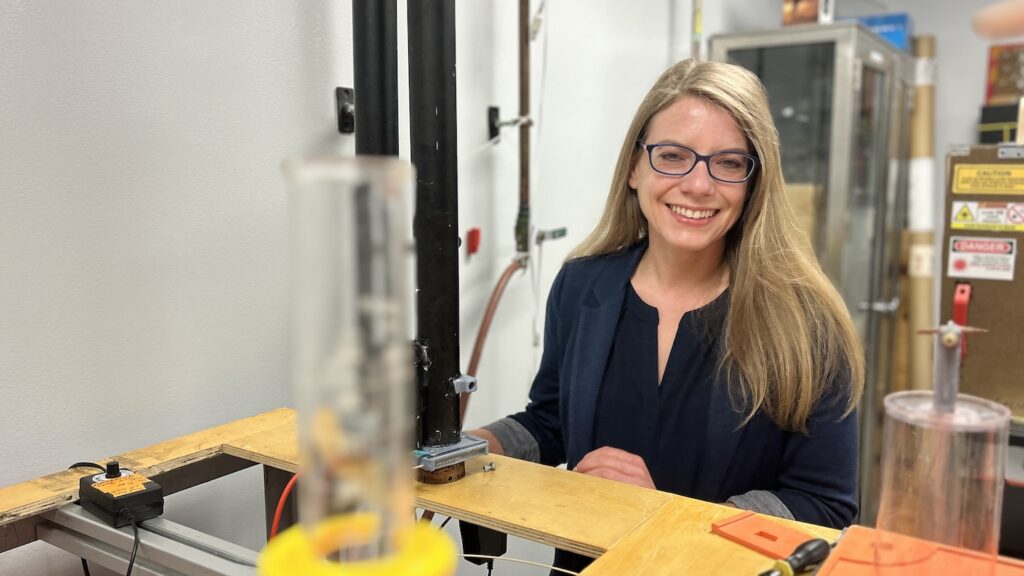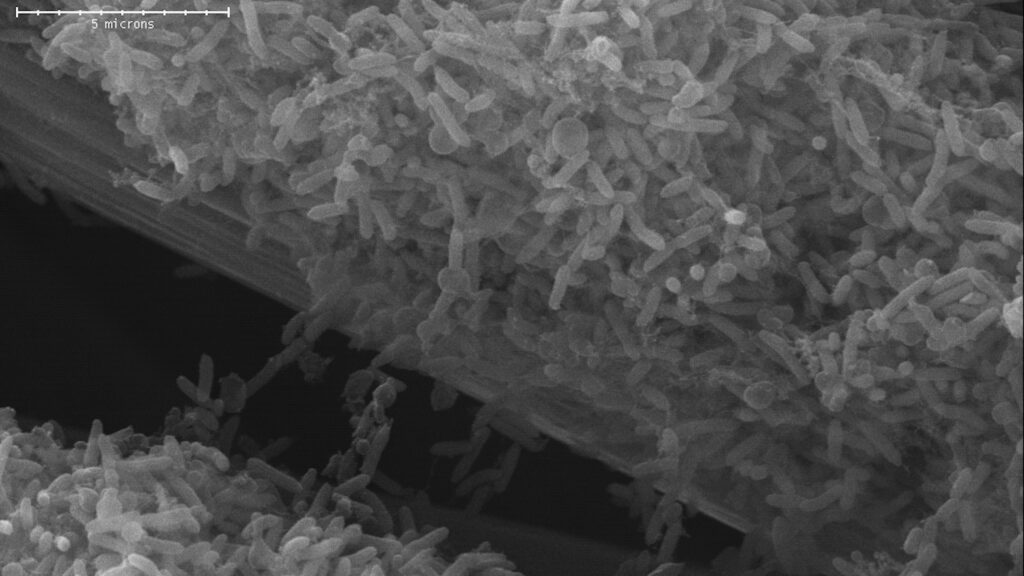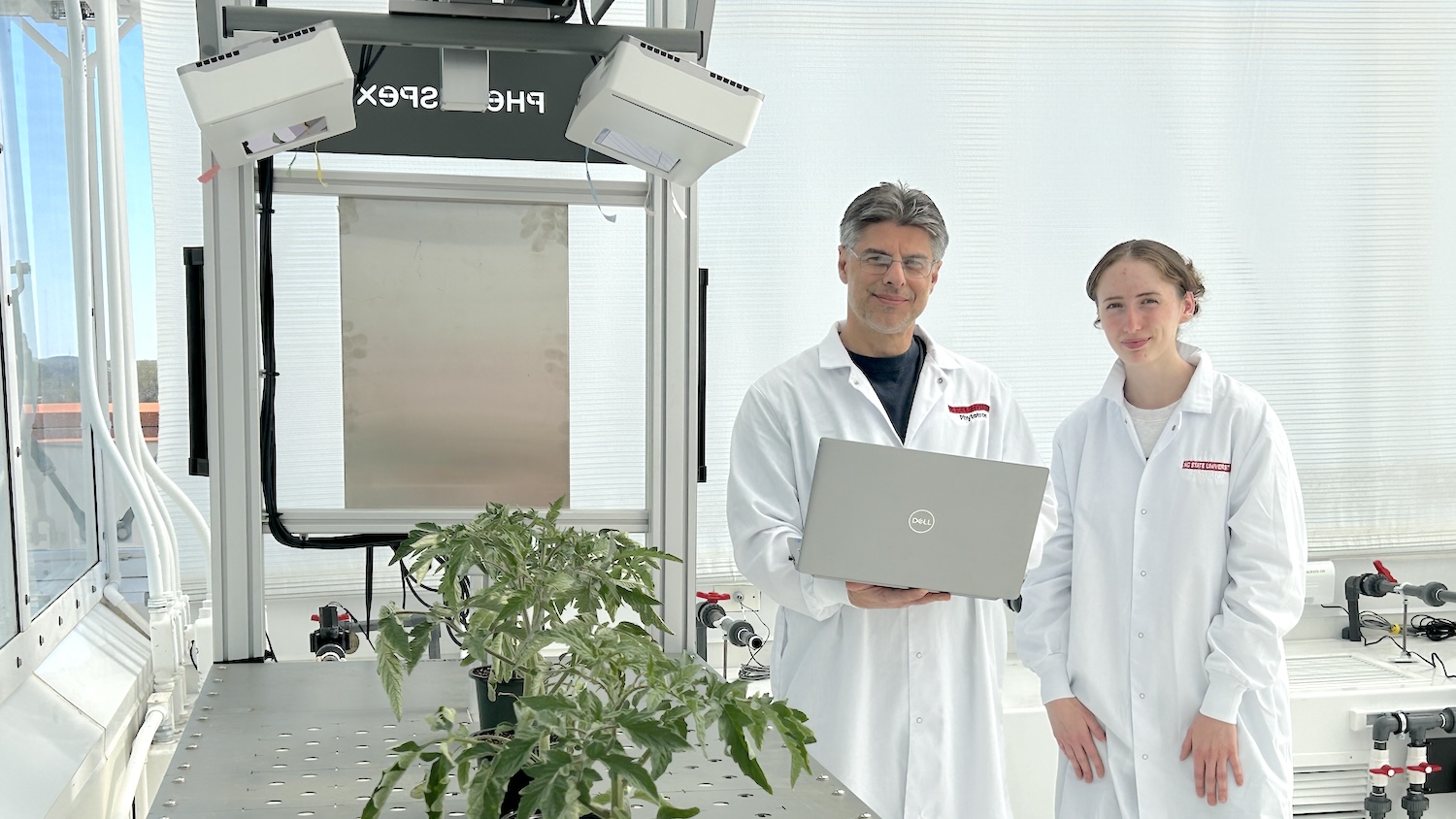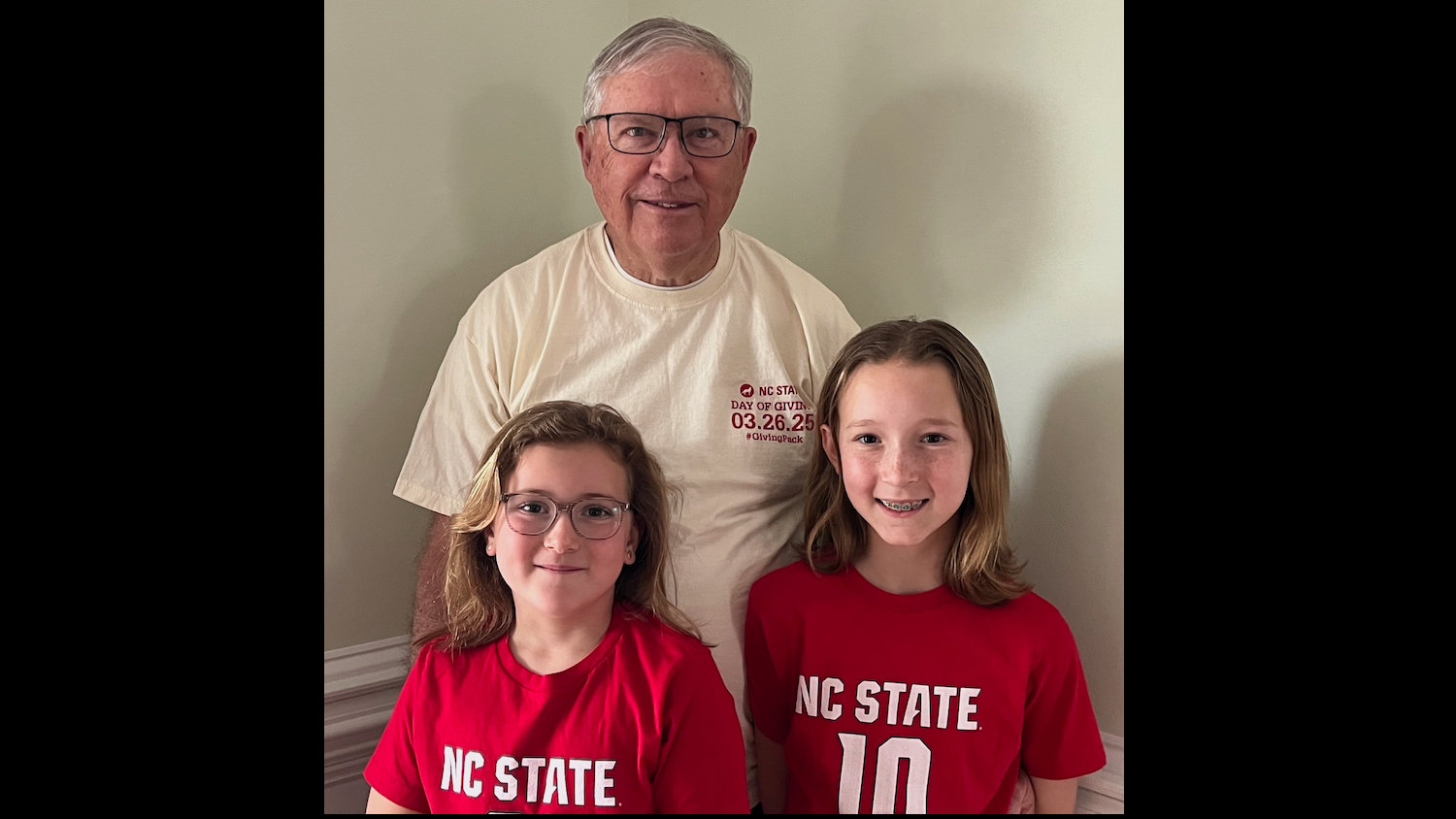Research Lays Groundwork for Future Fertilizers

A North Carolina State University research team that set out four years ago to create the fertilizer of the future — one that was more energy efficient, environmentally sustainable and profitable for farmers than today’s commercial fertilizers — has laid important groundwork to transform the production and use of fertilizer in the United States and beyond.
The interdisciplinary Fertilizer of the Future project team was awarded seed funding in 2020 from the university’s Game-Changing Research Incentive Program for Plant Sciences Initiative, or GRIP4PSI. GRIP4PSI’s goal was to kickstart the kind of problem-solving, interdisciplinary agricultural research that advocates who pushed for the North Carolina Plant Sciences Initiative were aiming for.
GRIP4PSI funding has leveraged new grants and industry partnerships for members of the Fertilizer of the Future team, and project leader Katharina Stapelmann, of the Department of Nuclear Engineering, said such advancements could prove key to pushing the vision forward.
Taking an interdisciplinary approach
At the outset of the Fertilizer of the Future project in 2020, Stapelmann’s 12-member team from nine departments and three NC State colleges envisioned using plasma technology, bacteria and fertigation to enhance crop production.
For her part, Stapelmann focused on treating water with plasma to produce nitrates that plants could use to fuel their growth. Plasma is a partly ionized gas that makes up most of the visible universe.

Meanwhile, Douglas Call, of the Department of Civil, Construction and Environmental Engineering, and Amy Grunden, of the Department of Plant and Microbial Biology, focused on increasing the amount of ammonium that a bacterium from the genus Geobacter could convert from nitrogen in the air.
Chadi Sayde, of the Department of Biological and Agricultural Engineering, led an effort to develop and test sensors for monitoring the water and nitrogen content of soil. Sensor development was a key to developing a precision fertigation system that would incorporate the bacteria-produced ammonium and the plasma-treated water, delivering nitrogen exactly when plants needed it.

Obstacles and accomplishments
In its early work, the team faced significant obstacles: among them, the COVID-19 pandemic and the challenge of coming up with a soil mixture that could be used in replicable experiments. And Stapelmann says that when the project’s funding ended in 2023, the researchers found that their nitrate sensors weren’t working as well as they wanted them to, the plasma device they were using to treat water needed upscaling, bacteria weren’t fixing as much ammonia as they’d believe they would, and time ran out on the funding before they could pursue fertigation studies.
Still, there was plenty of good news:
- Early on, the team published a well-cited paper in the journal Plasma Processes and Polymers. The report summarized how plasma technology is being used in agriculture and provided context to design plasma-based fertilization strategies in the future.
- Now-graduated biological and environmental engineering Ph.D. student Mark Poole developed a CRISPR gene-editing system for Geobacter that Call and Grunden’s team is now using to make changes to the strain to allow it to make even more ammonia. That team’s work is part of the larger, $6.6 million Biocatalyst Interactions with Gases Collaboration funded by the Novo Nordisk Foundation and headed by Sonja Salmon of the Wilson College of Textiles.
- Biological and agricultural engineering Ph.D. student Riley Lawson won a Fulbright Scholarship and will spend the next academic year in France working to develop an enzyme-based sensor system to detect ammonia, urea and nitrate in soils in real time.
- And Stapelmann has secured grant funding to continue basic research to explore related issues in plasma physics and developed a partnership with a company that wants to use water-treated plasma for fertilizer in contained growing environments.
Based on these and other project successes, Stapelmann believes the team’s original vision of a more sustainable, efficient system for fertilizing crops could one day be realized.
“When we started out, we all thought our technologies could be developed further, quicker,” she says. “I think with a little bit more time and more funding, we could still get there. We learned a lot during the project, and we now have a great team working across disciplines. I think that puts us in a better position to get more funding for parts of the project.”


